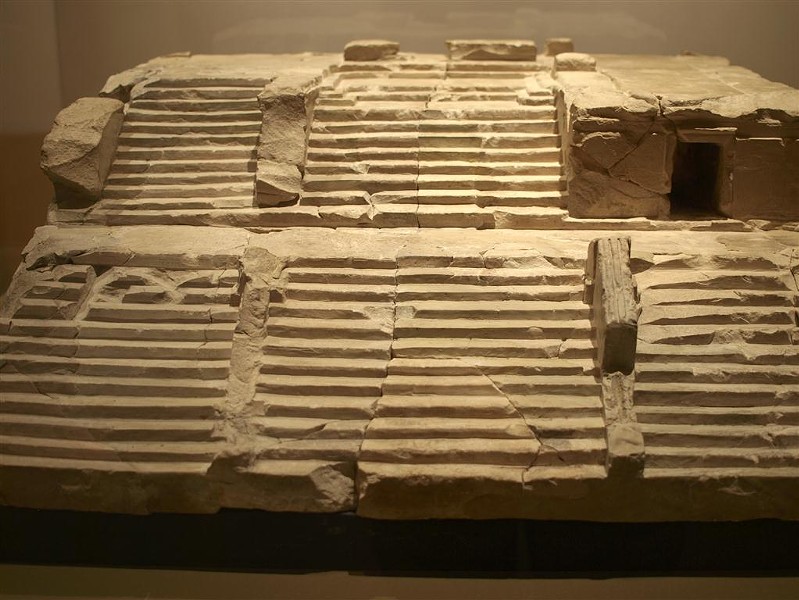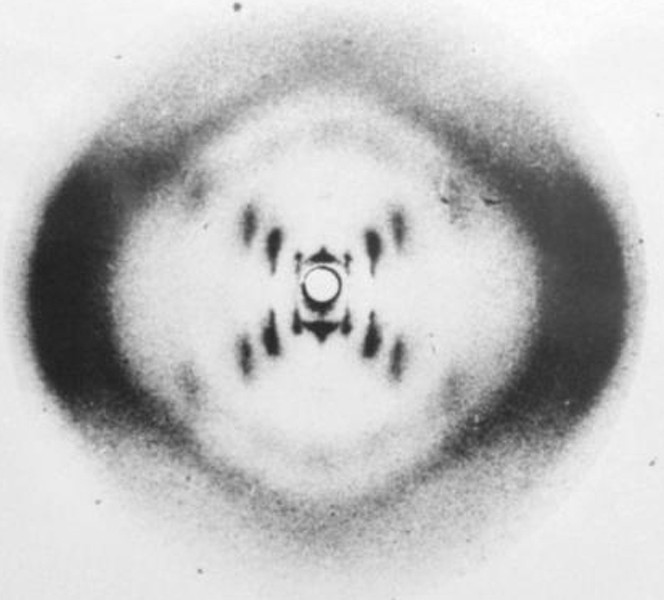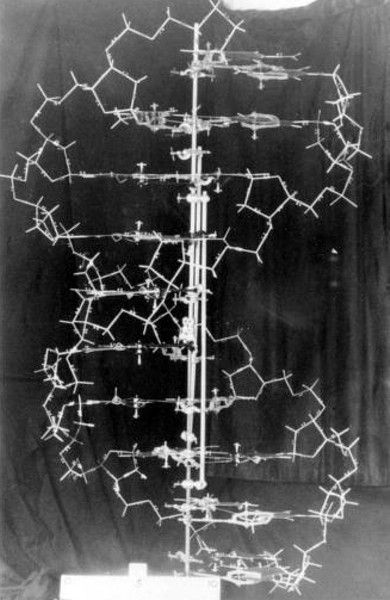Pablo Picasso, the story goes, was traveling by train in Spain when a fellow passenger recognized him. "Why don't you paint people as they actually are?" Picasso asked him what he meant. "Well, people are nothing like how you show them. For instance" -- the man pulled a small photo from his wallet -- "this is what my wife really looks like." Picasso looked carefully at the image, then said, "She's rather small, isn't she?"
Sometime way back in the history of our culture, we humans figured out that we could model objects in the real world with representations: three-dimensional statues and two-dimensional drawings and paintings (and, more recently, photographs), usually smaller than the objects being depicted. Nearly 20,000 years ago, for instance, our prehistoric ancestors painted horses, bison and human hunters on the walls of the Lascaux cave in southwest France. Then -- 2,000 years ago -- an unknown architect built a limestone model of a temple planned for the town of Niha, in Lebanon's Beqaa Valley. And now a guy can point unhesitatingly to a photographic image and say proudly, "That's my wife," no matter that the woman in question is neither three inches tall, nor black-and-white, nor two-dimensional.
The power of models was demonstrated nearly 60 years ago by Francis Crick and James Watson, as they struggled to make sense of fellow-scientist Rosalind Franklin's X-ray diffraction photographs of DNA. They, together with biochemist Erwin Chagaff, had already deduced how nucleic acid bases dovetail in pairs: guanine with cytosine, adenine with thymine. The trick was to make everything fit together. After many attempts at building various stick and scotch tape models, they finally arrived at the only possible configuration which matched all the constraints (shown in the photo). Watson's personal account of the discovery, The Double Helix, is riveting.
Every day, we use models effortlessly and intuitively, whether we're thumbing through an L.L. Bean catalog, admiring a dinosaur at the Discovery Museum, or planning a trip to Yosemite with an AAA map of California. And -- somehow -- our brains know never to confuse the model with the real thing.
Barry Evans ([email protected]) wonders whether he's just a model in a grand computer simulation -- not that he's complaining!



Comments
Showing 1-1 of 1